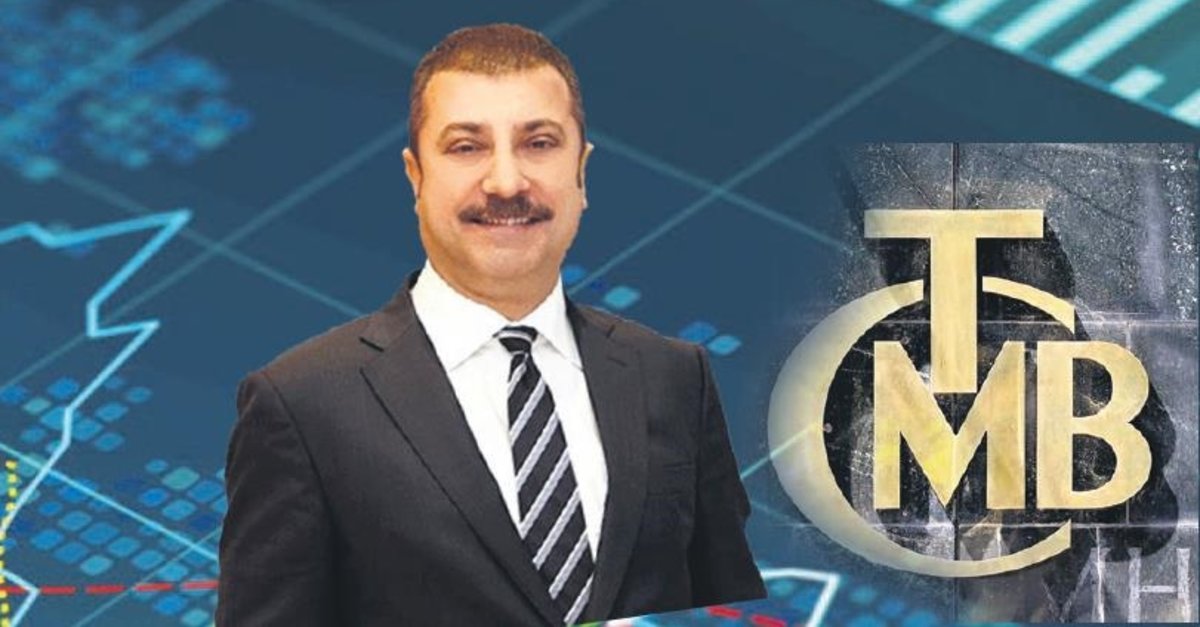As the former Fed chair Ben Bernanke once put it, “Monetary policy is 98 percent talk and only 2 percent action.” What Bernanke highlights with that quote is the capability of a credible central banker in steering the markets in the desired direction, by communicating the central bank’s end goals with the markets.
How does that work? Let’s illustrate with an example: Suppose the central banker tells the markets that the year-end inflation target is going to be 5 percent. If the markets take the central bank’s word as given, i.e., the central banker is credible, then the forward looking pricing decisions incorporate a 5 percent increase in the price level. In turn, the realized inflation will be 5 percent. In this framework, “the markets do all the work of monetary policy” as it was noted by another former Fed chair Janet Yellen.
What if the markets don’t listen to the central bank and the inflationary pressures exceed 5 percent? Then, it is time for “action”. An independent, credible, and capable central bank raises interest rates to suppress demand in a preemptive way to eliminate inflationary pressures. Knowing that the central bank will use its interest rate tool if needed, the markets would be better off if they act in accordance with the guidance provided by the central bank. Indeed, if they deviate from the guidance, they will be penalized by being exposed to higher interest rates.
How about an alternative scenario? What if the markets do listen and incorporate a 5 percent increase in prices while the actual inflation rate turns out to be 7 percent? The central bank fails to fulfil its promise. In this case, there will be an arbitrary income redistribution. Borrowers will gain at the expense of lenders. Fixed income groups will experience a decline in their real wages. The uncertainty about price stability will alienate investors. If this happens in a repeated manner, central bank loses credibility in the eyes of market participants. At this time, markets no longer anchor their pricing decisions based on central bank’s forward guidance. Rather, they incorporate the realized inflation into their pricing decisions looking forward. Hence, inflation becomes sticky.
How does the central bank gain credibility?
How can a central bank with weak credibility break this vicious circle and re-establish price stability? When words don’t count, you need action. The central bank has to hike interest rates. In other words, it has to bring the “bitter medicine” to the table to show that it is sincere about achieving price stability.
As illustrated with these alternative scenarios, there is a clear negative relationship between central bank credibility and interest rate that is necessary to offset inflationary pressures. As the central bank credibility weakens, interest rate that is needed to defeat inflationary pressures increases. Conversely, as the central bank credibility improves, interest rate that is necessary to offset inflationary pressures declines.
Naci Ağbal’s dismissal
Let’s now evaluate the recent dismissal of the former governor of CBRT from this perspective. Ağbal took over a central bank with double digit inflation, negative foreign currency reserves, and hence very poor credibility. In order to strengthen the value of TL and eliminate the spillovers onto inflation rate, he had to hike interest rates by 875 basis points during his short four-month tenure. He noted that the rate hikes would also cool down an overheated economy that was fueled by excessive credit growth before his term. His communication was effective. In fact, following his latest 200 basis points rate hike just two days before his dismissal, long-term bond yields remained mostly flat, reflecting the improved market sentiment about inflation expectations. In other words, Agbal’s policy decisions had slowly started to buy the much-needed credibility.
It was in this environment that he was dismissed with a sudden overnight announcement. This unexpected move shook the markets. The expected reversal to the reckless policies before Agbal caused panic sell-offs and sizable capital outflows in a matter of two weeks. In the face of this chaos, the new governor Şahap Kavcıoğlu tried to calm the markets down by noting that the monetary policy stance will remain intact.
The markets are not convinced. After all, if something is not broken, why fix it? If Agbal’s policy stance was well approved by the government, then why was he removed?
Where do we go from here?
The rest of the article is here.
